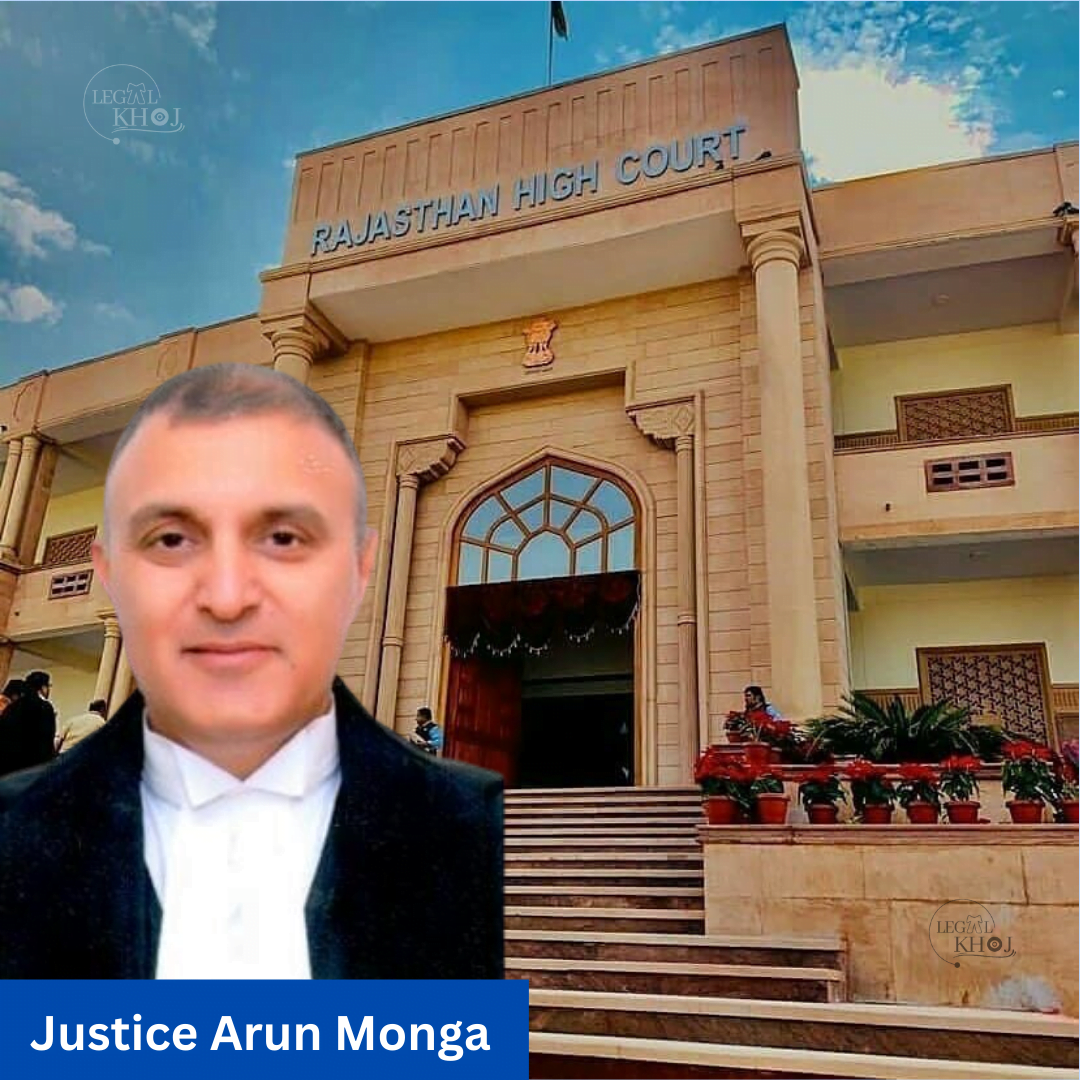Supreme Court Remits Bombay High Court Order Back for Reconsideration on Interim Relief
In a recent turn of events, the Supreme Court has expressed surprise and concern regarding an order issued by the Bombay High Court. This order, which initially admitted a writ petition, subsequently declined to consider granting interim relief, citing the availability of an alternate legal remedy for the concerned party. The Supreme Court has now sent the matter back to the High Court, instructing it to reevaluate whether interim relief should be provided. Justices B. R. Gavai and Prashant Kumar Mishra, presiding over the case, have noted that the High Court failed to exercise its jurisdiction appropriately by neglecting to address the issue of granting or denying interim relief after having already admitted the case.
The Supreme Court has emphasized that if the High Court found merit in the case and deemed it worthy of admission, there should have been no hesitancy in considering whether interim relief was justified, irrespective of the presence of an alternate legal recourse. In essence, the Supreme Court believes that the refusal to grant interim relief on the grounds of an alternative remedy is inconsistent with the High Court’s initial decision to admit the case.
The case in question is titled “Assets Care and Reconstruction Enterprises Limited v. The State of Maharashtra & Ors.”
The legal saga begins with the Bombay High Court’s peculiar order, which initially admitted a writ petition filed by Assets Care and Reconstruction Enterprises Limited. However, when it came to addressing the party’s request for interim relief, the High Court cited the existence of an alternative legal remedy and declined to provide interim relief. This decision has now been challenged in the Supreme Court.
The Supreme Court, while reviewing the case, expressed its astonishment and concern over the sequence of events. It questioned the High Court’s rationale for admitting the case but subsequently denying interim relief. The Court’s main argument is that if the High Court acknowledged the merit of the case and decided to admit it, it should logically follow that the question of granting or refusing interim relief should also be thoroughly considered. This is based on the belief that the mere existence of an alternative legal remedy should not automatically preclude the party from seeking interim relief, especially when the case’s admission already implies its significance.
In essence, the Supreme Court found the High Court’s decision to be inconsistent and contradictory. The High Court’s admission of the case implies that it recognizes the importance and seriousness of the issues raised. Consequently, the High Court should have comprehensively considered the request for interim relief, weighing the urgency and necessity of such relief against the existence of alternate legal avenues. The Supreme Court’s decision to remit the case back to the High Court is intended to rectify this inconsistency and ensure that the case is adjudicated properly, taking into account all relevant factors.
This legal development underscores the importance of a cohesive and consistent judicial process. The Supreme Court’s decision serves as a reminder that the judiciary must ensure that its actions are in line with the principles of justice and fairness. The admission of a case signifies the court’s recognition of its significance, and this recognition should extend to a comprehensive consideration of all aspects of the case, including interim relief, without being hastily dismissed on the grounds of alternative remedies.
The decision also highlights the critical role of the judiciary in ensuring access to justice and safeguarding the rights of litigants. It reaffirms the principle that courts should be receptive to the needs and concerns of parties seeking legal remedies, particularly when their cases have been deemed worthy of admission. This principle of fairness and responsiveness underpins the rule of law and the principles of equity, ensuring that justice is not only done but is seen to be done.
The legal community will be closely watching the developments in this case as it returns to the Bombay High Court for reevaluation. The outcome will not only have implications for the specific case at hand but also set a precedent for how the judiciary approaches similar situations in the future.
In conclusion, the Supreme Court’s decision to remit the case back to the Bombay High Court is a significant development in the realm of judicial proceedings. It emphasizes the importance of consistency and fairness in the judicial process and reaffirms the principles of access to justice and the rule of law.
The legal community will be eager to see how this case progresses in the Bombay High Court and whether it sets a precedent for the treatment of similar cases in the future. Ultimately, this decision serves as a reminder of the judiciary’s pivotal role in upholding justice and ensuring that litigants receive fair and equitable treatment throughout the legal process.
CM Eknath Shinde Strongly Asserts Maharashtra Government’s Unwavering Commitment to Bestow Reservation for the Maratha Community









Leave a Reply